ConvertKit vs. ActiveCampaign: Which Should You Use?
In the realm of email marketing, two platforms stand out: ConvertKit and ActiveCampaign. These tools have gained popularity among companies, bloggers, and marketers eager to expand their email lists and engage effectively with their audiences. Choosing between them can be daunting, as each platform offers unique advantages and capabilities.
ConvertKit is celebrated for its simplicity and user-friendly interface, while ActiveCampaign is often praised for its powerful automation tools and advanced segmentation options. This guide will help you decide which platform, ConvertKit or ActiveCampaign, best suits your business. Understanding their differences will allow you to select the right tool to meet your marketing goals, whether you run a small or large enterprise.
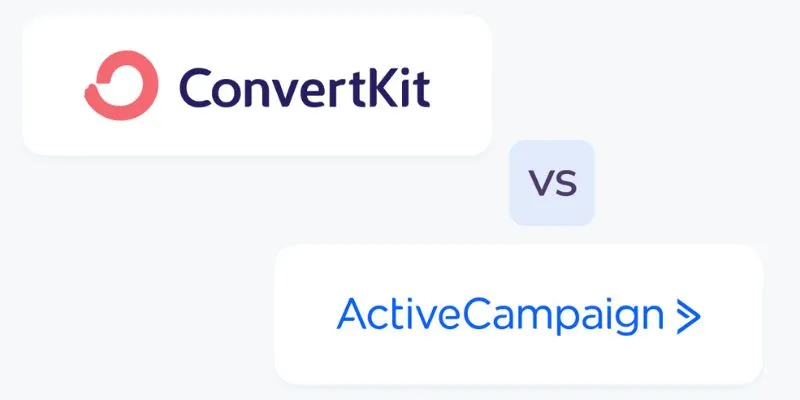
ConvertKit vs. ActiveCampaign: Which is Better for Your Business?
Here are the key differences between ConvertKit and ActiveCampaign to help you determine which is better for your business:
Key Features Comparison
Both ConvertKit and ActiveCampaign offer similar basic capabilities, such as email campaigns, automation, and list management, but they approach these features differently. ConvertKit is designed with simplicity in mind, offering a clean and straightforward UI that makes it easy for beginners to learn. You can quickly create email campaigns, automate sequences, and segment your audience. Its simplicity makes it ideal for those new to email marketing. In contrast, ActiveCampaign focuses on advanced features.
Ease of Use
ConvertKit is renowned for its ease of use. It caters to creators who might not be marketers by trade but need effective email marketing. The platform’s straightforward features and simple design make it accessible from the start. ConvertKit’s UI is intuitive, whether you need a landing page, email design, or automation setup. On the other hand, ActiveCampaign offers more customization options, which can be overwhelming for beginners. The platform’s feature-rich interface requires a learning curve, but it can be powerful if you invest the time and effort.
Email Marketing Features
While the scope and depth vary, both ConvertKit and ActiveCampaign provide excellent email marketing tools. ConvertKit focuses on email sequences—automated email campaigns that help build connections and nurture leads. It also offers basic email templates to simplify email design, though they are less flexible than those in ActiveCampaign. ActiveCampaign provides more sophisticated automation systems, dynamic content, and split testing, making it ideal for businesses targeting specific markets with customized messages.
Automation Capabilities
ActiveCampaign excels in automation. Its advanced automation tools allow you to create complex workflows. You can set up multi-step campaigns, integrate with your CRM, and trigger actions based on user behavior. This robust framework gives businesses complete control over their marketing efforts. The automation tools of ConvertKit are more fundamental, offering visually constructed and manageable automation workflows. While it may not match ActiveCampaign’s depth, ConvertKit is an excellent choice for simple email automation needs.
Customer Support
Customer support is crucial when choosing between ConvertKit and ActiveCampaign. Both platforms offer email and live chat support, but their response times and quality differ. ConvertKit, focusing on innovators and small businesses, provides excellent customer support. Their team is knowledgeable, friendly, and responsive. ConvertKit also has an extensive support center with videos, tutorials, and articles to help users maximize the platform. ActiveCampaign also has a strong support team, though users may require more assistance due to its complexity. They offer phone support, email help, and live chat at higher levels.
Integrations
ConvertKit integrates with external programs like landing page builders, CRMs, and eCommerce systems, including Zapier, Shopify, and PowerShell. While it may not have as many integrations as ActiveCampaign, it connects your email marketing with your business environment. ActiveCampaign offers a broader range of integrations, especially for CRMs, eCommerce platforms, and customer service tools. It seamlessly integrates with Salesforce, WooCommerce, and advanced analytics solutions, providing a superior option for businesses that require close connections with multiple systems.
Pricing
Pricing is a significant factor when choosing between ConvertKit and ActiveCampaign. ConvertKit is a great option for small businesses or those just starting, offering a free plan for up to 1,000 subscribers. While its subscription plans are affordable, they can become costly as your email list grows. ActiveCampaign doesn’t have a free plan but offers a 14-day free trial. The platform’s pricing is tier-based, with each plan offering specific benefits. Advanced plans can be expensive, especially for businesses with large email lists and complex automation needs.

Which One Is Best For Your Business?
Your choice between ConvertKit and ActiveCampaign depends on your company’s needs. ConvertKit is an excellent tool for small businesses or those just starting. It’s simple and user-friendly, ideal for creators or entrepreneurs who want to focus on content without complex tools. Its straightforward automation tools and clean design make it perfect for those with limited email marketing experience.
ActiveCampaign is the best choice if your business requires advanced automation, deep segmentation, and CRM connectivity. It offers robust tools for companies needing more customization and complex workflows. While its learning curve is steeper, the platform provides greater flexibility and advanced features for businesses looking to scale and evolve their marketing efforts. ConvertKit is better for simplicity, while ActiveCampaign is ideal for businesses requiring advanced capabilities.
Conclusion:
Ultimately, both ConvertKit and ActiveCampaign have merits, depending on your company’s needs. Beginners or those valuing simplicity and ease of use will find ConvertKit perfect. It’s a smart choice for those starting their email marketing journey. Conversely, ActiveCampaign is more suitable for businesses seeking tighter segmentation, CRM integrations, and advanced automation. It offers more powerful tools for growing companies, even with a longer learning curve. Your goals, technical expertise, and email marketing complexity will determine the best platform for you.
Related Articles

Airtable vs. Notion: Which App Should You Choose for Your Workflow
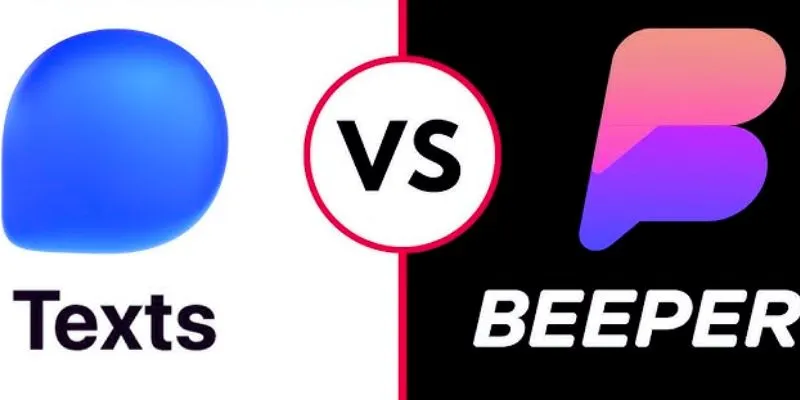
Beeper vs. Texts: Which All-In-One Messaging App Is Right for You

What is Marketing Resource Management (MRM): A Comprehensive Guide

Smartsheet vs. Asana: Which Project Management App is Right for You?
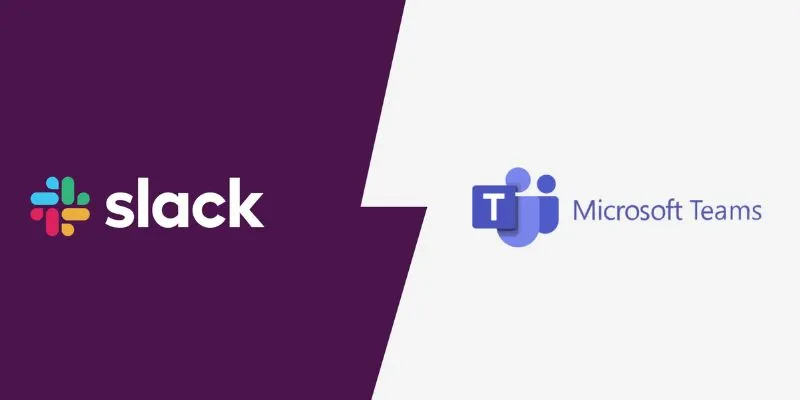
Slack vs. Teams: Which Should Your Business Use for Enhanced Collaboration
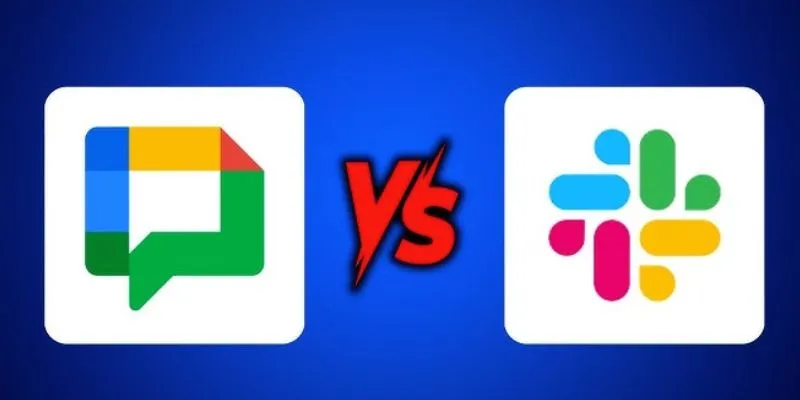
Google Chat vs. Slack: Which Collaboration Tool Suits Your Business Best
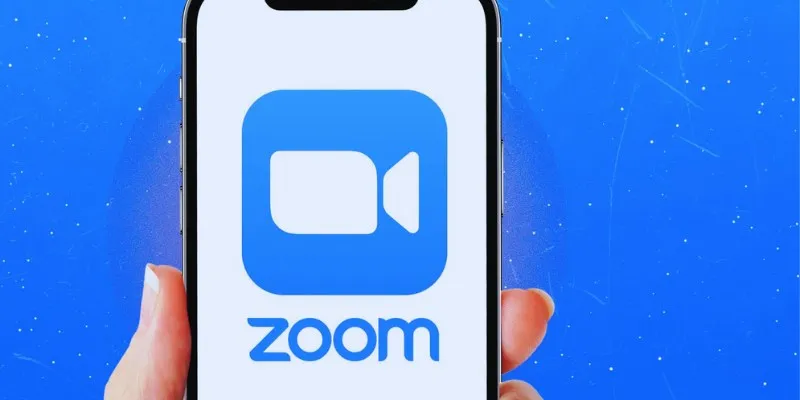
19 Zoom Tips and Tricks for Better Video Meetings: Master Virtual Communication
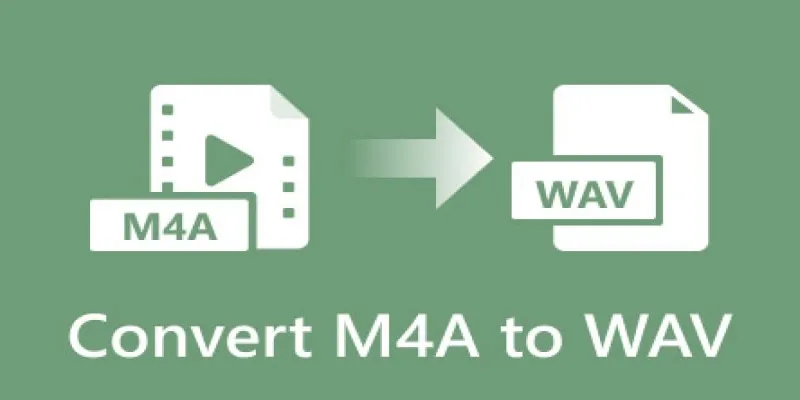
7 Best M4A to WAV Converters for High-Quality Audio Transformation

20+ Best Digital Marketing Tools

Pixel vs. Dot Explained: Mastering Photo Resolution for Printing

Why You’ll Need a New App to Use Gemini on Your iPhone

Top 9 Apps to Identify Anything Through Your Phone's Camera
Popular Articles

Top 7 Best AI Image Pixel Resizers for Perfect Image Quality
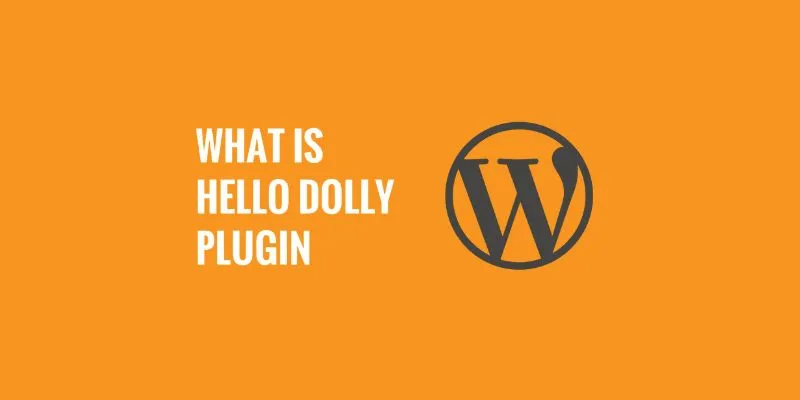
What is the Hello Dolly WordPress Plugin: A Guide for Beginners

How Can You Merge Google Accounts? 3 Easy Ways to Combine Gmail, Calendar, and Contacts
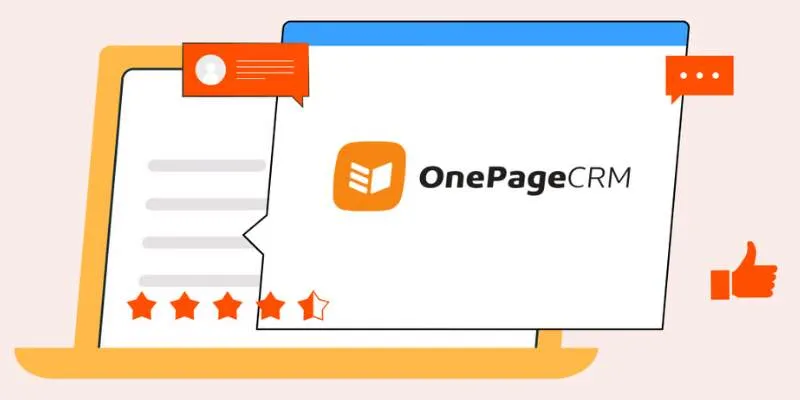
Top 8 OnePageCRM Sales Strategies to Close More Deals in 2025

Best Linux Tools for Creating and Managing Storyboards

LastPass vs. 1Password: A Guide to Choosing the Best Password Manager

Best Looper Apps to Turn Your Phone Into a Pocket Studio

Mute Any Video on Desktop in Seconds: The Ultimate Guide
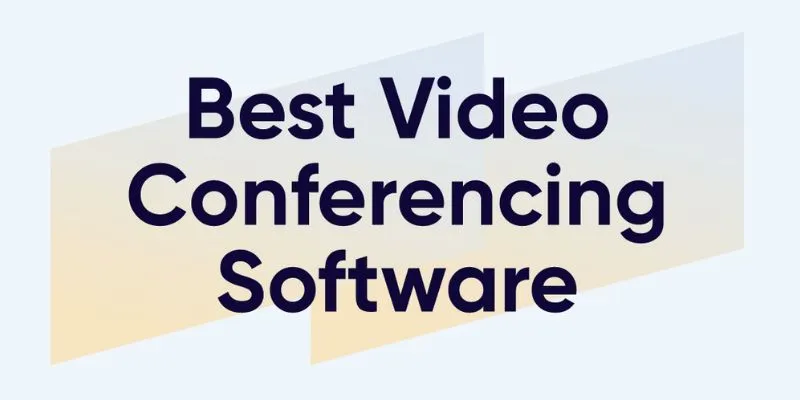
The Best Video Conferencing Software for Teams in 2025: A Comprehensive Guide

The 10 Best AI Video Tools in 2025 to Create Smart Content Fast
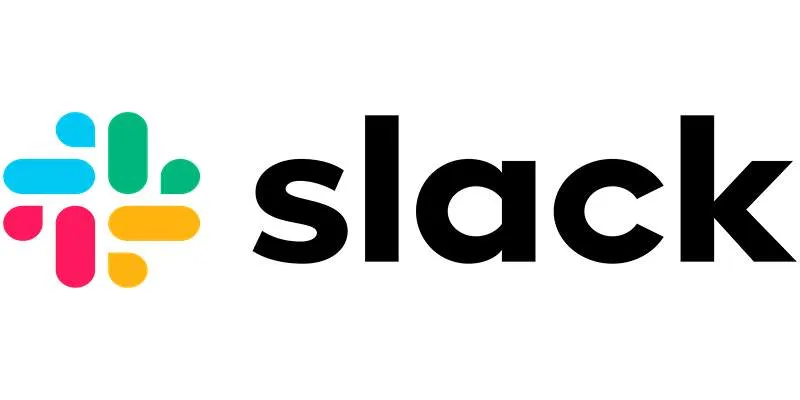
How to Fix Slack Lag and Speed Up Notifications Effectively

 mww2
mww2